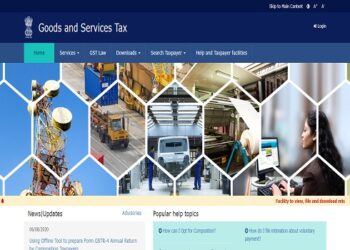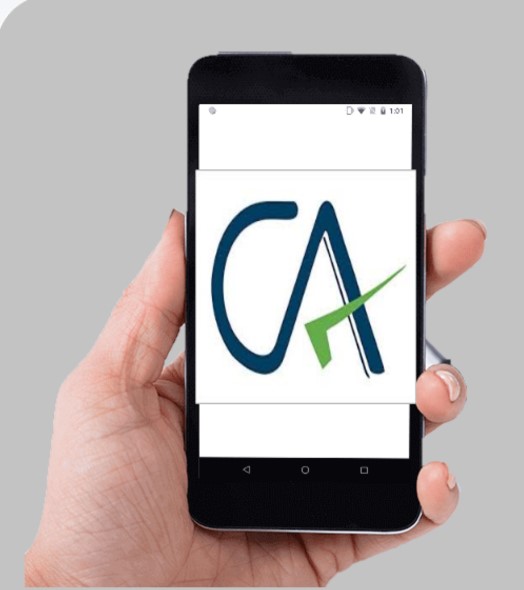From the time GST was implemented people are not satisfied with the returns available for filing GST information as the original plan of GST 1, 2 and 3 was implemented and people were not able to declare or take proper ITC or not able to rectify the returns.
Recently there was a Gujarat High court judgement according to which GSTR 3B was declared as not a return but later CBIC amended the rules and included GSTR 3B in definition of return u/s 39(1).
However after declaring the same as return again a question was raised that if its a return there should be an option to rectify the same if there was any mistake but there was no such option available earlier and same question was dealt with in this judgement also of Bharti Airtel Limited v Union of India wherein:
“Petitioner’s grievance is that there is no rationale for not allowing rectification in the month for which the statutory return has been filed. This is also totally contrary to the statutory scheme of the CGST Act – which provides that the data filled by a registered person will be validated in that month itself, and thereafter any unmatched details be rectified in the month in which it is noticed. Accordingly, Petitioner impugns Rule 61 (5) From GSTR-3B and Circular No. 26/26/2017-GST dated 29.12.2017 as ultra vires the provisions of CGST Act to the extent, they do not provide for the modification of the information to be filled in the return of the tax period to which such information relates.
Mr. Gulati counsel for petitioner, placed reliance upon the judgment of the Gujarat High Court in the case of APP & Company Chartered Accountants V. Union of India, 2019-TIOL-1422-HC-AHM-GST and submitted that the Court has observed that Form GSTR-3B was not a return required to be filed under Section 39 of CGST Act and was only a temporary facility and as such delay in claiming credit cannot delay the period for which the same is claimed i.e. the last date for filing the Form GSTR-3B.
Mr. Harpreet Singh, learned Sr. Standing counsel on behalf of the GST department submitted that the impugned circular in the present petition does provide for the rectification of mistakes pertaining to earlier tax period in any subsequent tax period. He submitted that such changes have to be incorporated in the return for the tax period in which the error is noted. The assessee cannot, however, reflect the change in Form GSTR-3B of the original tax period.
Court’s observation:
Be that as it may, we see no reason as to why the rectification/adjustment is being allowed in the month subsequent to when such errors relate, and the Respondents have restricted the mechanism of rectification to the same tax period, in which they were noticed and sought to be rectified. In our view, para 4 of Circular No. 26/26/2017- GST dated 29.12.2017 is not in consonance with the provisions of CGST Act, 2017.
We, therefore, do not find any cogent reasoning behind the logic for restricting rectification only in the period in which the error is noticed and corrected, and not in the period to which it relates. There is no provision under the Act that has been brought to our notice which would restrict such rectification.
The Respondents have failed to fully enforce the scheme of the Act, and cannot take benefit of its own wrong of suspension of the Statutory Forms and deprive the rectification/amendment of the returns to reflect ITC pertaining to a tax period to which the return relates to. Petitioner has a substantive right to rectify/adjust the ITC for the period to which it relates. The rectification/ adjustment mechanism for the months subsequent to when the errors are noticed is contrary to the scheme of the Act. The Respondents cannot defeat this statutory right of the Petitioner by putting in a fetter by way of the impugned circular.
Respondents have also clearly acknowledged that there could be errors in Form GSTR-2A which may need correction by the parties and have, in fact, permitted the rectification, clearly reinforcing the stand of the Petitioner. The refund of excess cash balance in terms of Section 49 (6) read with Section 54 of the CGST Act does not effectively redress Petitioner’s grievance. Therefore, the only remedy that can enable the Petitioner to enjoy the benefit of the seamless utilization of the input tax credit is by way of rectification of its annual return i.e. GSTR-3B.
Merely if there is any fanciful or absurd outcome in a given situation, as illustrated by Mr. Harpreet Singh, it does not mean that the Petitioner should not be given the benefit of rectification if the same is genuine. The correction mechanism is critical to sustaining successful implementation of GST.
Thus, in light of the above discussion, the rectification of the return for that very month to which it relates is imperative and, accordingly, we read down para 4 of the impugned Circular No. 26/26/2017-GST dated 29.12.2017 to the extent that it restricts the rectification of Form GSTR-3B in respect of the period in which the error has occurred.
To read full order CLICK HERE.
Though the above judgement is a welcoming change for many people but till the time it is not implemented rectification of return would still be an issue for the normal people.
This article is just for information purpose and are personal views of the author. It is always advisable to hire a professional for practical execution. If you need assistance you can ask a question to our expert and get the answer within an hour or post a comment about your views on the post and also subscribe to our newsletter for latest weekly updates.














Very Nice , Excellence
Thank you for the appreciation.
If you like the content do share the website and subscribe to it for regular updates over email.
Regards,
Team Taxontips.com